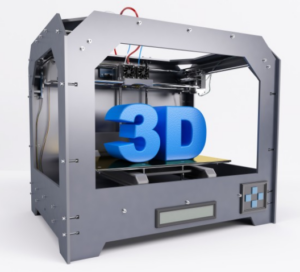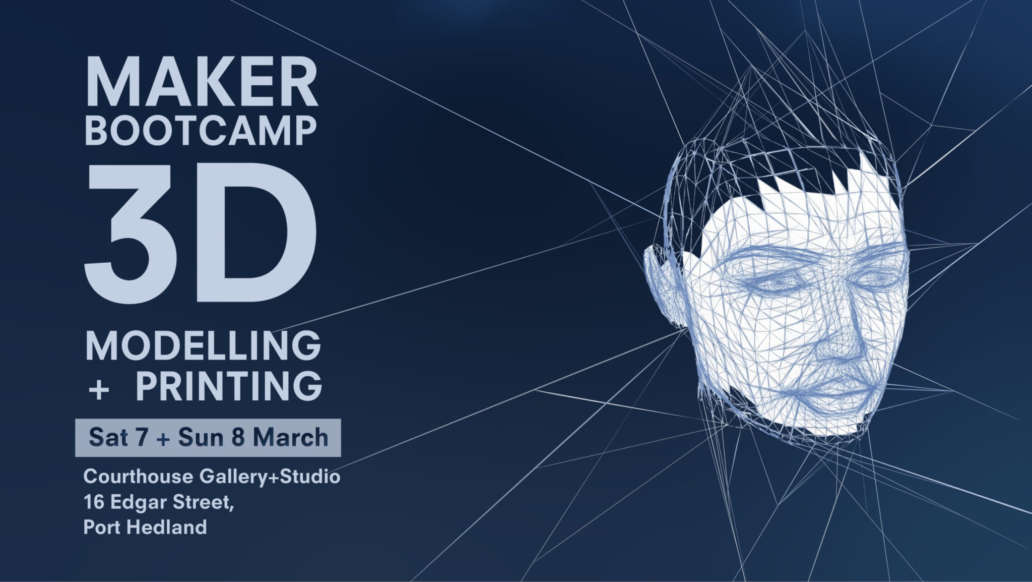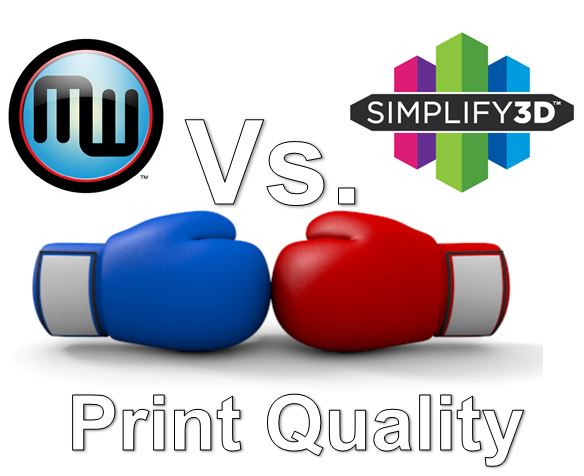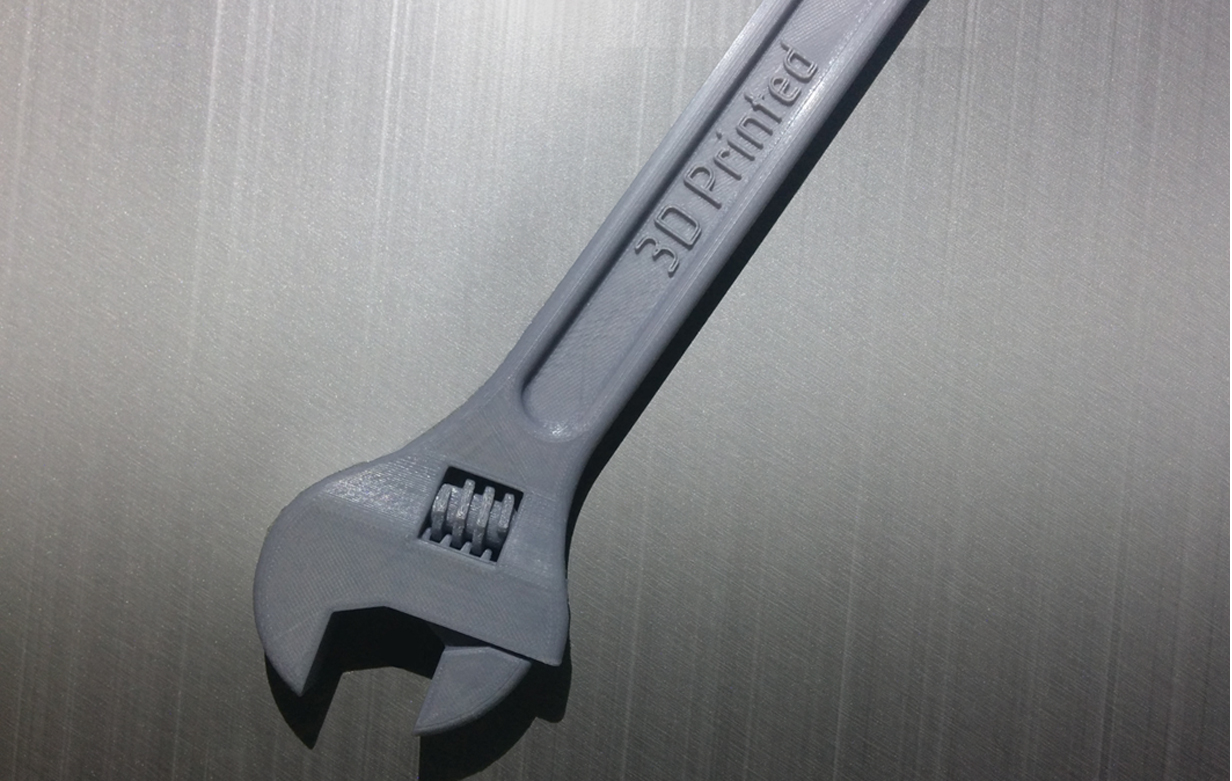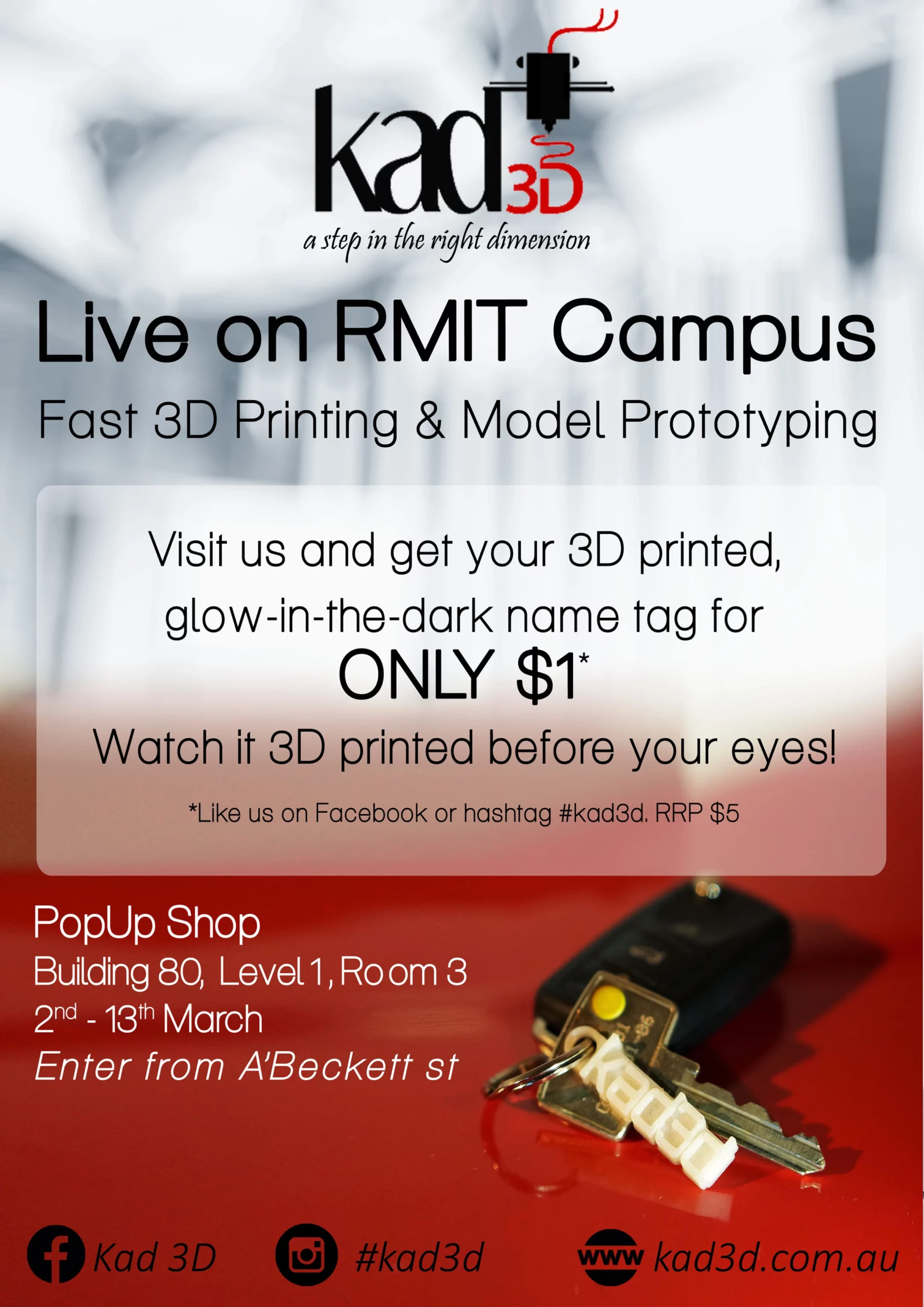ABS (Acrylonitrile Butadiene Styrene)
Brief Introduction and History:
ABS, short for Acrylonitrile Butadiene Styrene, is a common thermoplastic polymer that has a long history in the world of 3D printing. Developed in the 1940s, ABS has been widely used in various applications due to its strong and durable properties.
Material Composition:
ABS is made from a blend of three monomers – acrylonitrile, butadiene, and styrene. These raw components are polymerized to produce the ABS resin, making it a versatile and highly impact-resistant material.
Uses:
- Automotive parts
- Prototyping
- Consumer goods
- Electronic housings
- LEGO bricks
Best Fit Use:
ABS is particularly suitable for applications where strength and impact resistance are required, such as in automotive and industrial prototyping.
Detailed Example of Specific Use 1:
One primary use of ABS in 3D printing is the production of durable and functional components for consumer electronics, such as laptop casings and mobile phone accessories.
Detailed Example of Specific Use 2:
Another significant use of ABS is in the manufacturing of automotive parts, including interior trim components and exterior body panels.
Difference Between Basic and Advanced Forms:
The basic form of ABS is widely used in 3D printing, but advanced variants may include enhanced impact resistance, improved heat resistance, or specific additives for specialized applications.
Benefits:
- Good strength and toughness
- Excellent impact resistance
- Can be easily post-processed and painted
- Low cost
Drawbacks:
- Not suitable for outdoor use due to UV sensitivity
- Emits fumes when heated, requiring proper ventilation during printing
- Warping can occur during printing
Overall Rating for Daily Use:
ABS is rated highly for daily use in both hobbyist and professional contexts, particularly for its balance of strength, impact resistance, and cost-effectiveness.
Future Developments:
Ongoing research in ABS material development aims to address its limitations, such as improving UV stability and reducing warping, to further expand its applications in 3D printing.
